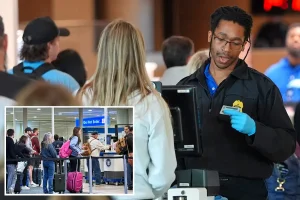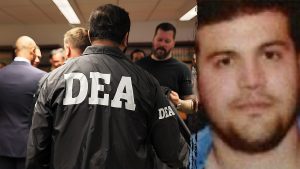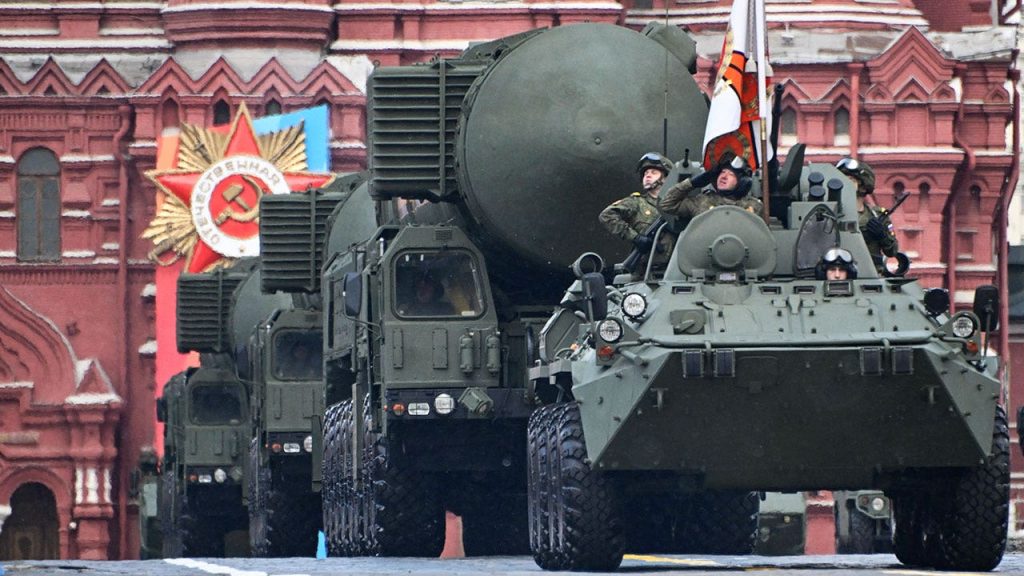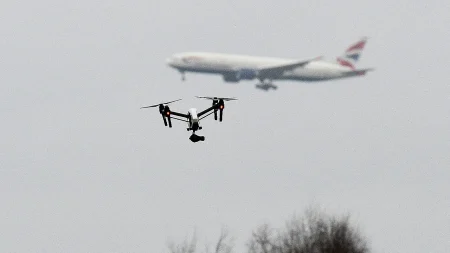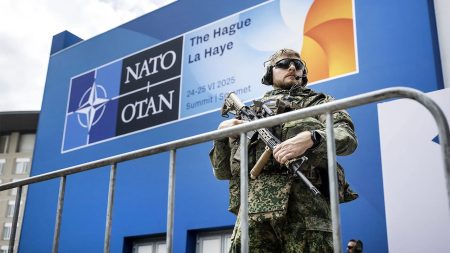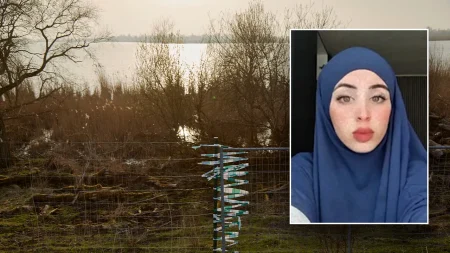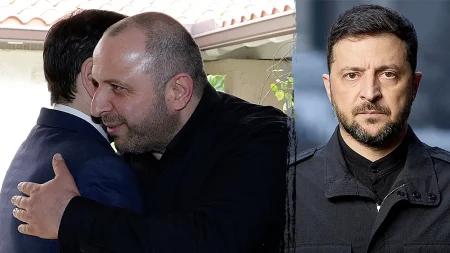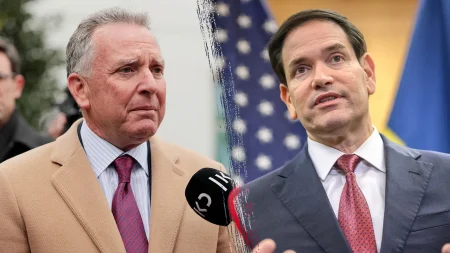Russia’s Nuclear Strategy Amid Geopolitical Tensions
In a stark assessment of Russia’s current position on the global stage, Alexei Likhachev, Director General of Russia’s State Atomic Energy Corporation Rosatom, declared that Moscow faces “colossal threats” to its existence and must modernize its nuclear capabilities. Speaking to Russian state media, Likhachev emphasized the nuclear arsenal’s dual role as both a defensive “shield” and offensive “sword,” calling it “a guarantee of our sovereignty” that “must only be improved in the coming years.” Though he didn’t explicitly name the source of these perceived threats, his comments reflect the heightened tensions between Russia and Western powers in the wake of the Ukraine invasion. This rhetoric emerges against the backdrop of complex nuclear politics, with Russia holding approximately 4,400 nuclear warheads—around 1,500 of which are strategically deployed—making up nearly half of the world’s nuclear arsenal alongside the United States.
These comments arrived just days after Russian President Vladimir Putin met with U.S. President Donald Trump—their first face-to-face encounter since Russia’s 2022 invasion of Ukraine. While both leaders projected optimism following their discussions, concrete outcomes appeared limited, and hopes for a Russia-Ukraine ceasefire seemed to diminish as the week progressed. The timing of Likhachev’s nuclear statement raises questions about Russia’s strategic messaging, particularly as it comes without specific details about what updates to the nuclear program might entail. Similarly, Trump has previously announced plans for a “Golden Dome” missile defense system inspired by Israel’s Iron Dome, with an estimated price tag of at least $175 billion, suggesting parallel thinking about nuclear deterrence capabilities from both superpowers.
The current nuclear landscape presents a troubling departure from post-Cold War aspirations of global disarmament. While security experts have increasingly warned about China’s rapid nuclear expansion, Russia and the United States continue to dominate the global nuclear stage, together possessing roughly 90% of the world’s nuclear weapons. The U.S. maintains over 3,700 nuclear warheads with approximately 1,400 deployed. This concentration of destructive power in the hands of nations with increasingly strained relations represents a concerning trend in international security, particularly as traditional arms control frameworks face uncertain futures. Putin’s growing alignment with Chinese President Xi Jinping further complicates the geopolitical calculus, potentially creating new nuclear dynamics that extend beyond the traditional U.S.-Russia bilateral relationship.
The New START Treaty, currently the only bilateral nuclear arms control agreement between Washington and Moscow, stands at a critical juncture. Originally signed in 2010 and extended in 2021, the treaty is set to expire in February 2026, raising questions about the future of nuclear arms control between the two powers. Russia’s 2023 decision to “pause” its participation in the agreement—while claiming to still adhere to stockpile limits but refusing American inspections—has created significant uncertainty around verification and compliance mechanisms. As this essential guardrail approaches its expiration date, the international community faces the prospect of entering a new era without formal nuclear restraints between the world’s two largest nuclear powers, potentially triggering a new arms race at a time of heightened global instability.
The implications of these developments extend far beyond bilateral relations between Russia and the United States. The International Atomic Energy Agency (IAEA), tasked with promoting the peaceful use of nuclear energy while preventing nuclear weapons proliferation, faces mounting challenges as multiple nations appear to be expanding their nuclear capabilities. The treaty’s uncertain future, coupled with Russia’s assertive nuclear posturing and China’s growing arsenal, creates a complex security environment that threatens decades of progress in nuclear arms control. As these dynamics unfold, the risk of miscalculation or escalation grows, particularly in the absence of robust verification mechanisms and amid deteriorating diplomatic channels between key nuclear states.
The current trajectory raises profound questions about the future of global security architecture. The post-Cold War vision of a world gradually moving toward nuclear disarmament appears increasingly remote as great power competition intensifies and nations invest in new nuclear capabilities. Russia’s characterization of its nuclear forces as both shield and sword reflects a broader shift in how nuclear weapons are viewed—not merely as deterrents of last resort, but as active components of strategic competition and national security. As the world approaches the critical February 2026 deadline for New START’s expiration, the decisions made by Russia, the United States, and other nuclear powers will shape the international security landscape for decades to come, determining whether humanity continues to live under the shadow of nuclear confrontation or finds new pathways toward arms control and eventual disarmament.
